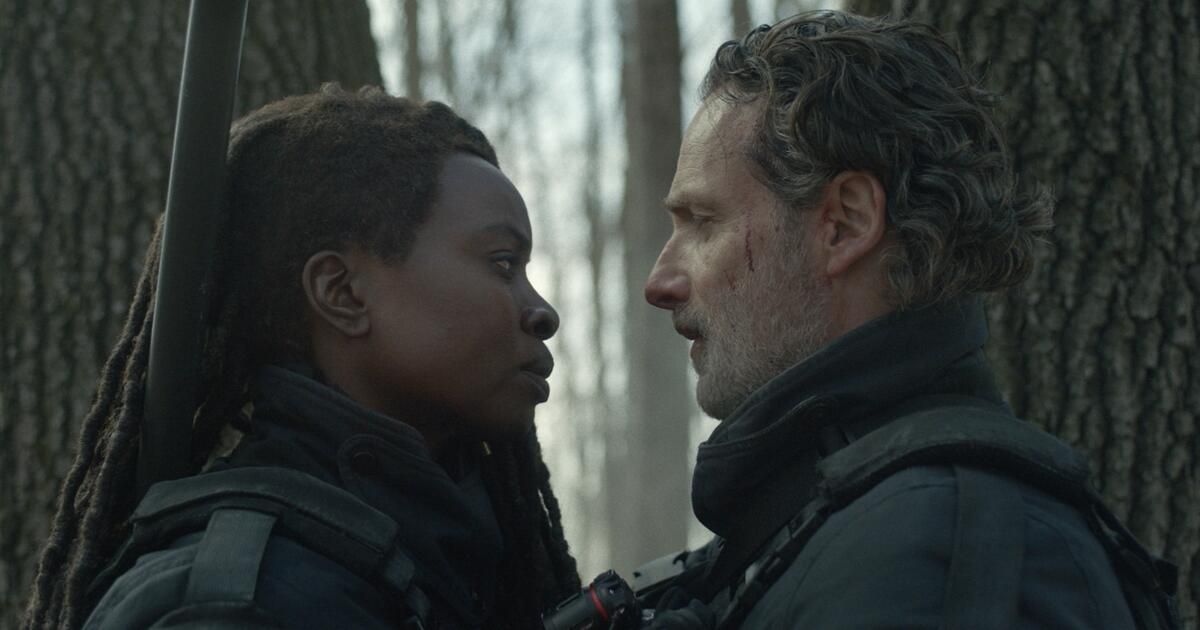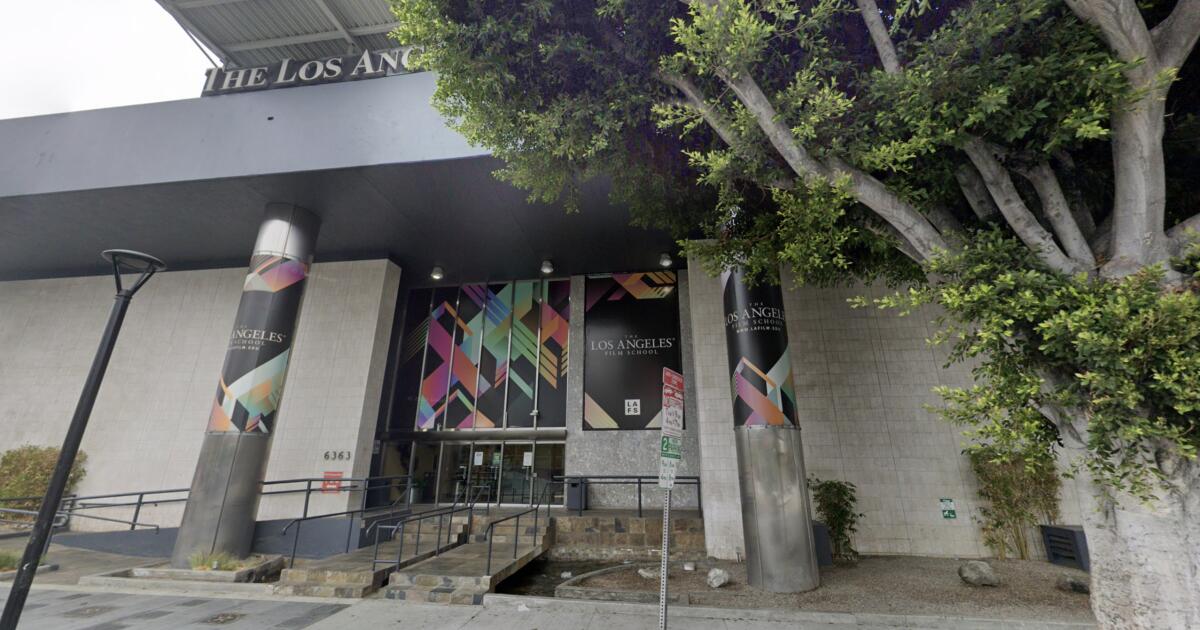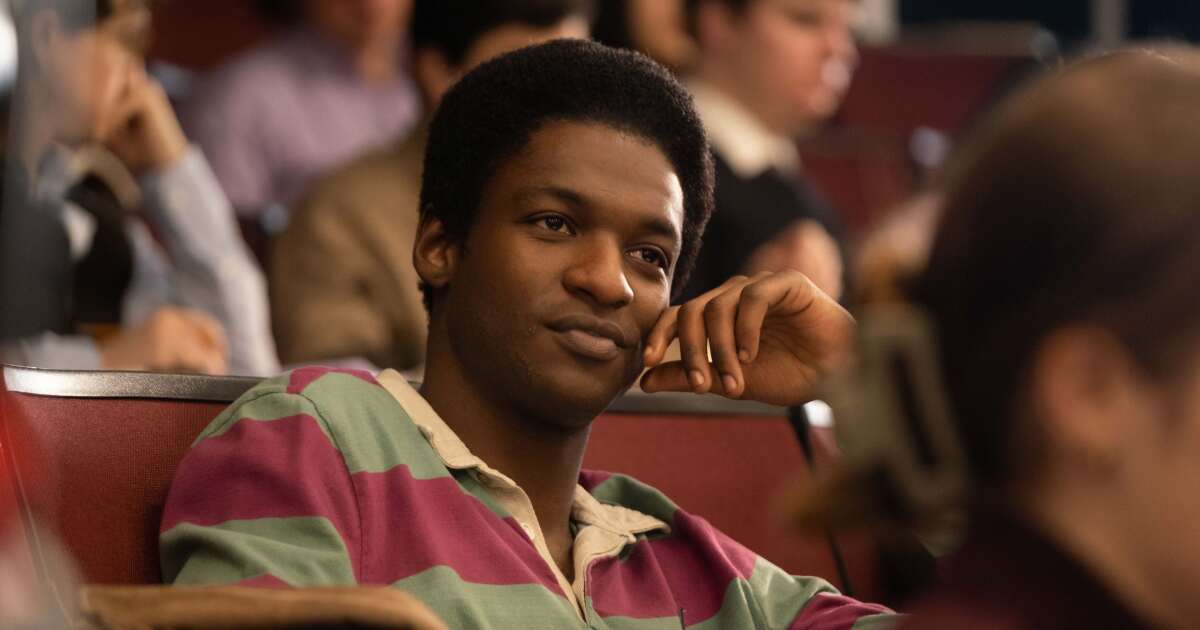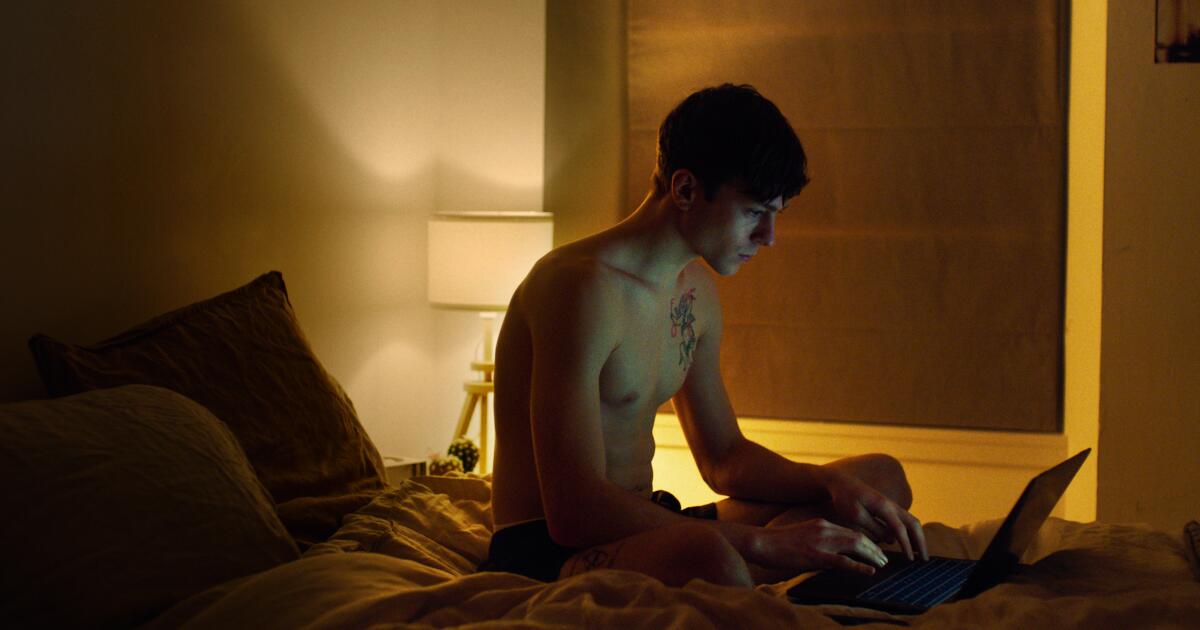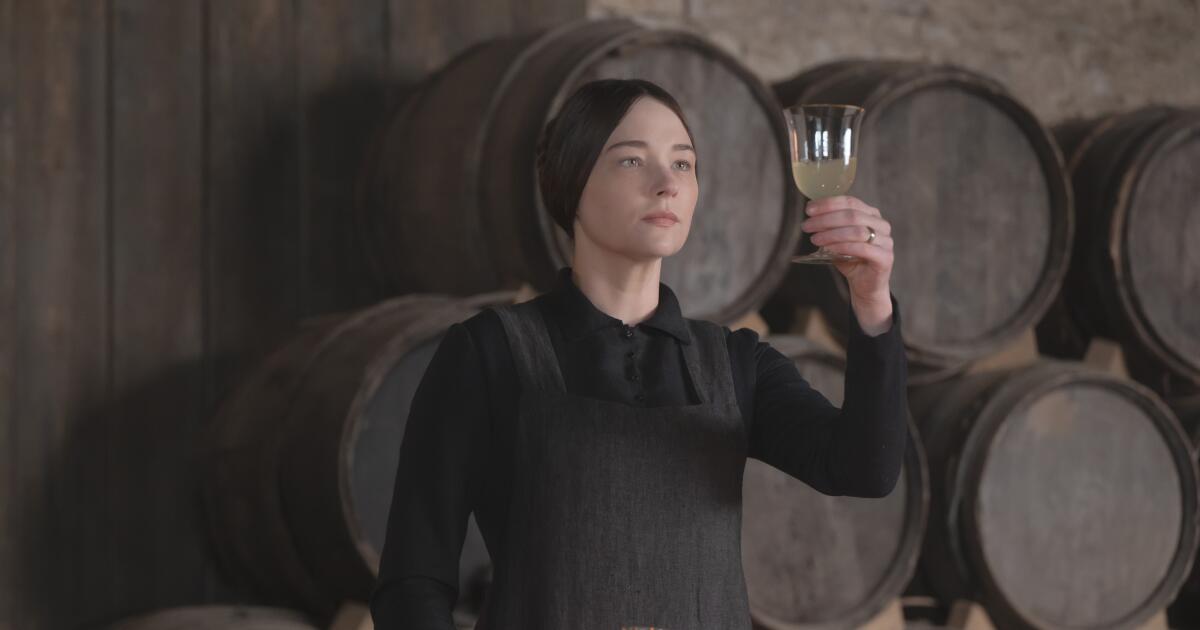Love means never having to say sorry, even if you're a Katana-wielding zombie apocalypse survivor desperately searching for your kidnapped husband.
That sentiment is the beating heart of “The Walking Dead: The Ones Who Live,” the latest installment in AMC’s “The Walking Dead” franchise. Although there's plenty of twisted gore that was a trademark of the original series, which premiered in 2010, the main focus of the new spin-off is the more intimate romance between sheriff Rick Grimes (Andrew Lincoln) and the fierce warrior Michonne (Danai Gurira).
The return of “Richonne” is the event “The Walking Dead” faithful have been craving since Lincoln left the series in 2018, followed by Gurira in 2020. While “The Walking Dead” remained a solid performer for the chain until the end of the series. In 2022, the absence of the two beloved characters was one of the factors that caused a part of the audience that had made “The Walking Dead” a pop culture phenomenon to turn away in its final seasons.
Since then, AMC has launched a fleet of spinoffs featuring “mothership” mainstays, including crossbowman Daryl Dixon (Norman Reedus) and former villain Negan (Jeffrey Dean Morgan), with results that executives say are promising.
But the true test of the effort to create a “Walking Dead” cinematic universe is “The Ones Who Live.” While the relentless action will test Richonne as the pair battle zombies and human evildoers, the drama also raises a key question for the franchise: More than a decade after it disrupted television, is there still enough love for “The Walking Dead”? to sustain multiple concurrent series?
What complicates things is the timing. Just as the expansion of “The Walking Dead” franchise is underway, with “The Ones Who Live,” “Dead City,” and “Daryl Dixon,” similar efforts, such as the “Star Wars” and Marvel franchises, are being witnessed. of signals. fan fatigue.
So far, at least, “The Ones Who Live” appears to have bucked the trend, with the first two episodes topping this season's cable drama charts in key demographics. The February 25 premiere drew a combined 3 million viewers across multiple screenings on AMC, the AMC+ streaming platform, and simulcasts on other networks. (On AMC alone, the debut drew 1.3 million viewers, and episode 2 drew 1.4 million. The series premiere is also the most-watched episode ever on AMC+.)
By contrast, the premieres of two previous spinoffs, “Dead City” and “Daryl Dixon,” drew 1 million and 851,000 viewers, respectively, according to Nielsen.
The forces behind “The Walking Dead” universe are delighted with the initial reception and are preparing for a future with a permanent “Walking Dead” imprint.
“I truly believe that 'The Walking Dead,' in one form or another, can go on and on and on,” said Scott M. Gimple, the franchise's chief content officer.
Dan McDermott, president of entertainment and AMC Studios, added: “It is impossible to overstate the importance of 'The Walking Dead' to AMC and AMC Studios. We don't want to ruin this, but we honestly believe that we can tell stories indefinitely in the future, with all kinds of stories and different genres. If we are smart, sensitive and creative, this is multi-generational intellectual property.”
McDermott noted that although the popularity of the original series softened in its later seasons, “The Walking Dead” was “the biggest and most successful show in the history of cable television. Forty-eight of the top 50 scripted [episodes] on cable television of all time were 'Walking Dead' [episodes]. “It’s such an important part of many viewers’ lives.”
“The Walking Dead” was revolutionary in many ways. An adaptation of Robert Kirkman's graphic novels, the series set new standards for graphic violence on cable television with hordes of flesh-eating zombies and vicious thugs.
“When Robert Kirkman was pitching this comic years ago, he pitched it as a zombie movie that would never end,” Gimple said.
Scott M. Gimple, chief content officer of AMC's “Walking Dead” universe.
(Jay L. Clendenin / Los Angeles Times)
But as the series progressed, its momentum waned. Some fans complained that the show relied too much on what they called torture porn. Others said they were discouraged by the brutality.
Losing two central characters didn't help. Lincoln left to spend more time with his family in England. When last seen, a seriously injured Grimes was in the clutches of the evil Jadis (Pollyanna McIntosh) being transported in a mysterious helicopter.
Gurira, who also has a key role in Marvel's “Black Panther” films, left the series to pursue other interests, including playwriting. Michonne's departure was prompted by a clue to Grimes' whereabouts.
But Gimple and McDermott maintain that the decline in viewership was more a function of changes in the way audiences consume television, particularly with the onslaught of streaming services, than of creative shortcomings.
“The whole television landscape has changed in the last seven or eight years,” McDermott said. “We cannot live in the past or focus on the past. What we need to focus on is telling interesting stories for the still important and sizable fan base that follows these characters and loves these shows.”
Gimple added: “The world changed. Television and movies changed a lot. There was the pandemic. The bottom line is that 'The Walking Dead' has transitioned into that new landscape and has become a vibrant part of it.”
Part of the strategy is to slow the flow of “Walking Dead” fare, an approach that has also been noted by Marvel Studios boss Kevin Feige in response to that brand's recent troubles. During 2019 and 2020, at its peak, AMC produced 42 hours of the franchise annually between the original show, “Fear the Walking Dead,” “The Walking Dead: World Beyond” and other projects. Now, the network produces 12 new episodes a year.
Another plan is to color outside the usual “Walking Dead” box, Gimple said.
“These latest shows, it's about taking these classic characters and putting them in new contexts,” he said. “We are being more experimental. We're presenting the core story values that Robert established in the comic (giant characters alongside regular people) in really important situations that have real emotions. It's not just about zombies or having shows with a group of walkers. It's a kind of zombie narrative. “It gives us a way to move forward.”
In the new series, a despondent Grimes is held captive in a shadowy metropolis ruled by a military police force called the Civic Republic Military, or CRM. A terrible accident reunites him with Michonne, whom he has not seen since his capture. And although they are delighted to be reunited, their relationship becomes unstable when she tries to persuade him to run away.
Lincoln and Gurira are the creators of the series along with Gimple. Grimes' return was originally planned as a film, but the project evolved as conversations between the trio progressed.
Said Gimple: “When storytelling became something we would all do together, it became exciting very, very quickly, and I thought, 'Oh yeah, this is the way we were supposed to do this.'”
No decision has yet been made on a second season – “anything can happen,” Gimple said – and it's still unclear whether fan interest in the franchise is able to overcome the structural challenges facing basic cable in the long term, especially since AMC lacks a streaming partner with the scale of Hulu, as its competitor FX does.
But no matter what happens to Richonne, Gimple is optimistic about the future of “The Walking Dead” universe, in part because no network, streaming platform or franchise property can survive long in this market without the kind of experimentation from “The Ones Who Live.” It represents. “Who knows what the next reinvention of the media landscape will be?” he said. “But I really think 'The Walking Dead' can be a part of this.”

